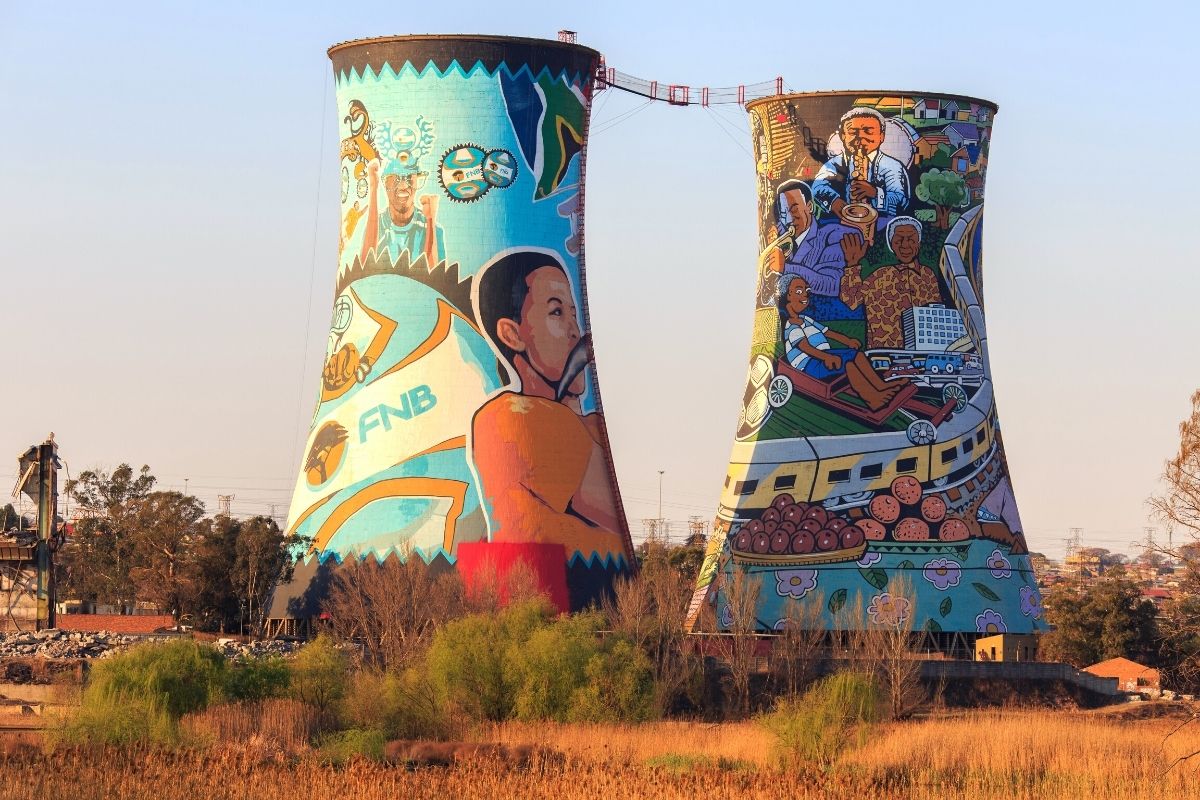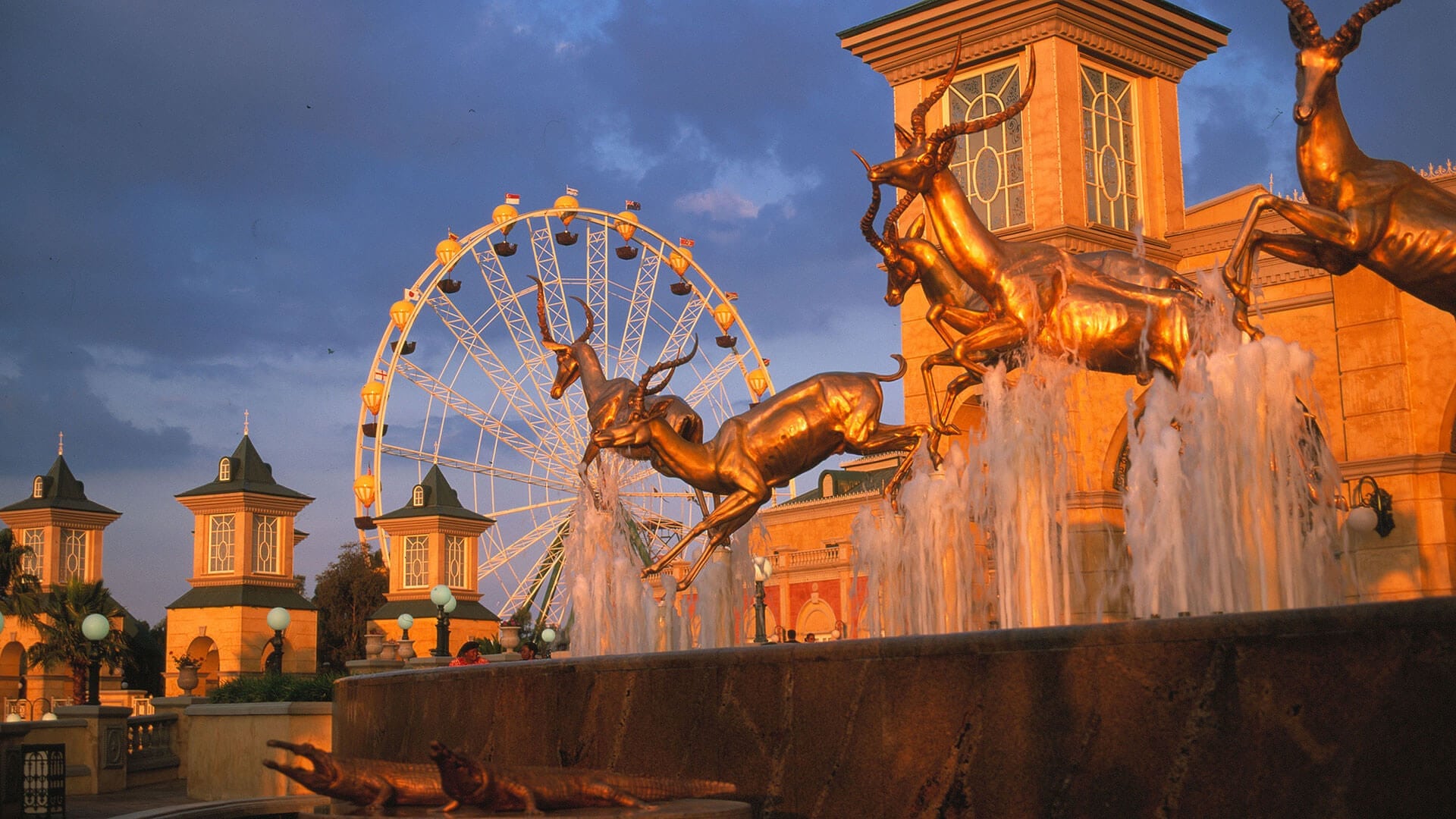The Ultimate Guide To Johannesburg North Attractions
The Ultimate Guide To Johannesburg North Attractions
Blog Article
Not known Details About Johannesburg North Attractions
Table of ContentsJohannesburg North Attractions Fundamentals ExplainedThe Johannesburg North Attractions IdeasJohannesburg North Attractions Things To Know Before You Get This5 Easy Facts About Johannesburg North Attractions Explained10 Simple Techniques For Johannesburg North AttractionsThe Ultimate Guide To Johannesburg North AttractionsHow Johannesburg North Attractions can Save You Time, Stress, and Money.
You need to keep security in mind and vacationers must stay sharp at all times when in unfamiliar environments. Speak to the citizens when you are in community to discover the location you are staying in. Johannesburg North attractions. When on the road (this doesn't put on mall and other safe atmospheres) ideal general suggestions is to attempt your best to look like a neighborhood and to prevent showing any type of wide range
A Biased View of Johannesburg North Attractions
Teacher Revil Mason O. J. (Thomson, 1946) explored the Witwatersrand's pre-colonial history. His archaeological work blew up the 'em pty land' myth, according to which the region was lacking human habitation before the arrival of European inhabitants. In his publications Prehistory of the Transvaal: A Record of Human Task (1962) and Beginnings of Black Individuals of Johannesburg and the Southern Western Central Transvaal Advertisement 3501880 (1986 ), Teacher Mason demonstrated the degree of social and financial growth in the area before Europeans established foot below.

How Johannesburg North Attractions can Save You Time, Stress, and Money.
He acted with the government's approval, granted after he had testified keep his explorations secret. In 1874, small-scale mining procedures were started in the Magaliesberg, where an Australian, Henry Lewis, had uncovered gold deposits. In 1878, David Wardrop discovered gold in quartz blood vessels at Zwartkop, north of Krugersdorp. In 1881, Stephanus Minnaar stumbled upon gold on the farm Kromdraai, near the Cradle of Mankind.
In March 1886, a protrusion (soon to be called the Main Coral reef) was located, quite fortunately, on Gerhardus Oosthuizen's ranch Langlaagte. Some claim that the Lancastrian coal miner George Walker found this reef. One more itinerant English prospector, George Harrison (who had actually formerly operated in Australian mines) obtained a prospecting licence in respect of Langlaagte in May 1886.
He made a decision to move on in a mission for greener fields, and disposed of his Langlaagte claim for the handsome amount of 10. Alas: beneath lay the richest goldfield ever found. The discovery of this rich auriferous reef prompted Going Here a gold thrill that signified completion of bucolic tranquillity in the southerly Transvaal.
It would, within six years, end up being the largest community in southern Africa. Within a decade, it would certainly make the Z. A. R. until then an anarchical and insolvent little state the wealthiest nation in Africa. By the turn of the century, the Z. A. R. was to surpass Russia, Australia and the United States of America to end up being the globe's leading gold manufacturer, generating more like it than a quarter of the globe's gold.
The Best Guide To Johannesburg North Attractions
It was called Ferreira's Camp, called after Colonel Ignatius Ferreira. He was a Boer adventurer upon whom the British authorities had presented the standing of Companion of the Most Identified Order of St Michael and St George (entitling him to the post-nominal letters C. M. G.) in thankfulness for his role in the battle that had deposed the Pedi king Sekhukhune in 1879.
Two various other camps were developed: Meyer's Camp on the farm Doornfontein, and Paarl Camp. The latter was nicknamed Afrikander Camp; several people from the Cape Swarm worked out there.

Johannesburg North Attractions for Beginners
This name acquired money by word of mouth, such that the State Assistant verified the name to the Mining Commissioner on 9 October 1886. Stands in the village were auctioned on 8 December 1886. While some stands were marketed for 10, others were torn down for as little as sixpence.
2 years later, these erven were to change hands for as much as 750 each. The tented camps diminished as a dorp of corrugated iron structures created and expanded north of the mines located along the Main Coral Reef Roadway. Locations such as Jeppe's Town (where working-class immigrants erected their dwellings) and Doornfontein (where the affluent new 'Randlords' began to construct their opulent houses) were quickly included to the ever-expanding map of the town.
The Main Principles Of Johannesburg North Attractions
Apart from the road names, there were no indicators of Johannesburg being located in a Dutch-speaking nation., almost every person talked English and also the Federal government slaves dealt with one in English, unless they were very first dealt with in the Taal (or Low Dutch)'.
Britain had an interest in ensuring optimum problems for gold production on the Witwatersrand, and that the gold was exported to London instead than Berlin an imperative provided all the a lot more clamant by the Z. A. R.'s raising toenadering with Germany. Mine proprietors got on a clash with Head of state Kruger, whose policy of monopolistic giving ins (frequently approved to his cronies) stopped mining companies from procuring products of products (especially dynamite) and work by themselves, more affordable terms
The Single Strategy To Use For Johannesburg North Attractions
In 1890, the Volksraad had restricted the franchise business to white men who had resided in the Z. A. R. for fourteen years or longer, therefore invalidating the majority of the immigrants (who occurred to be the significant factors to the fiscus). Anxiety for the ballot was a mere pretense for advertising a various agenda; a lot of uitlanders concerned themselves as temporary visitors and had no objective of staying in the Z.
Report this page